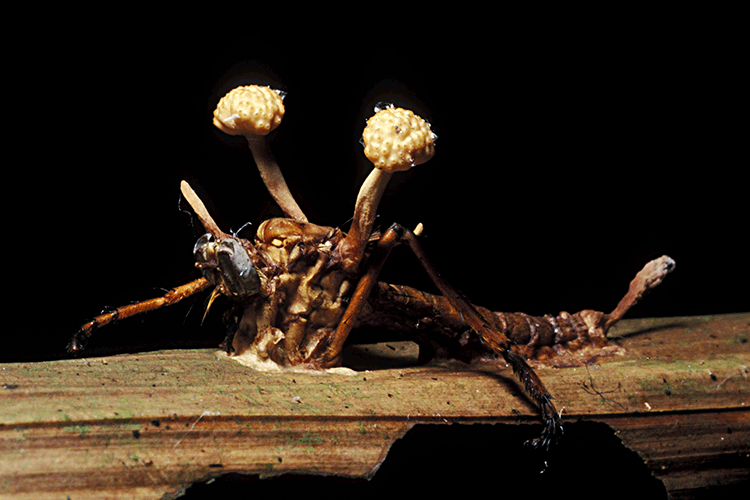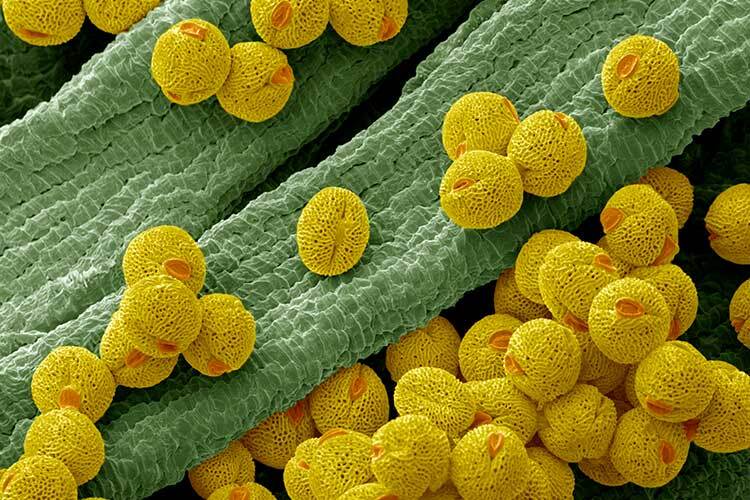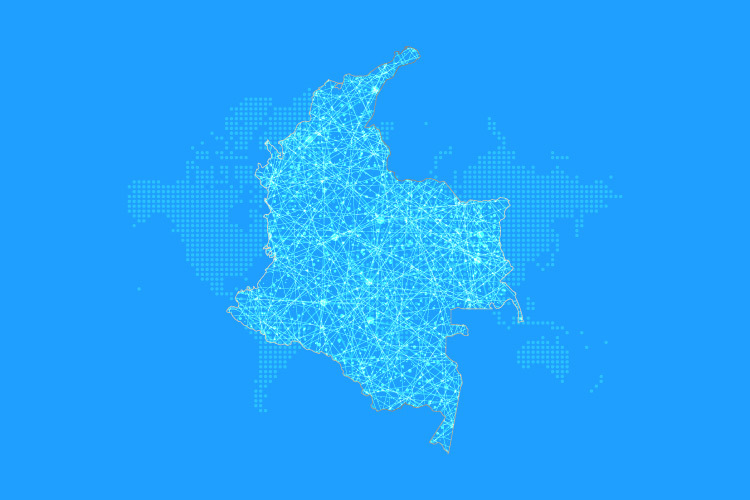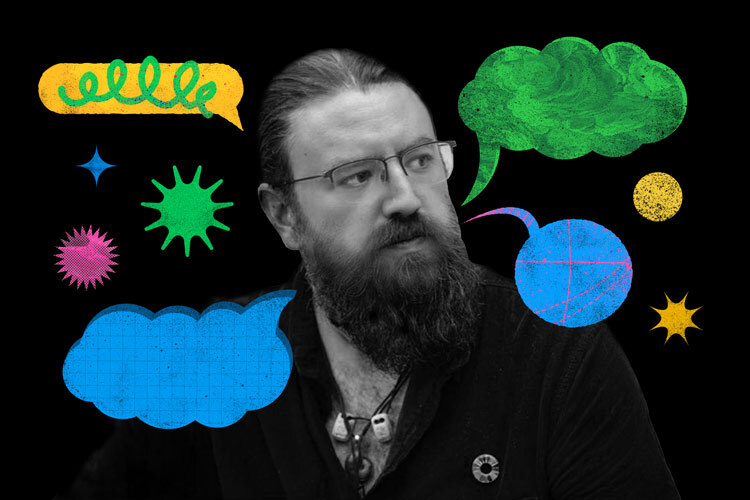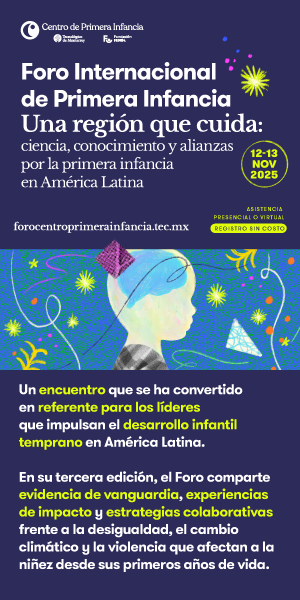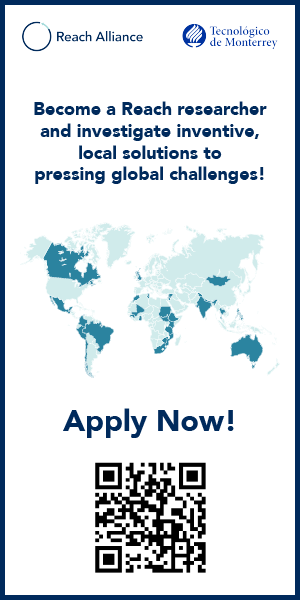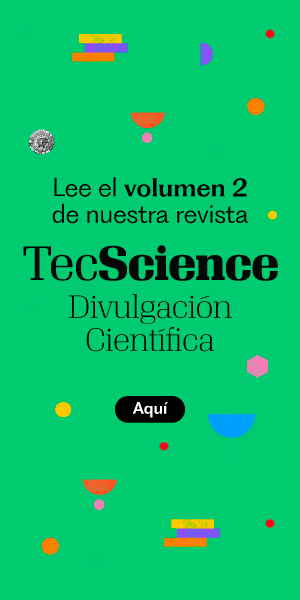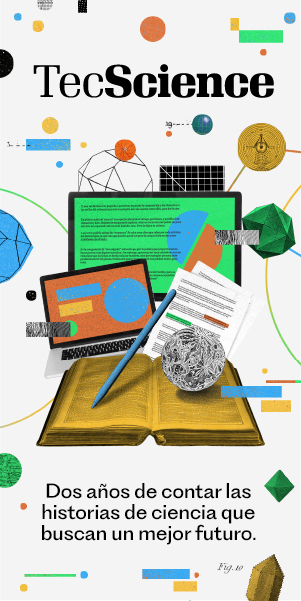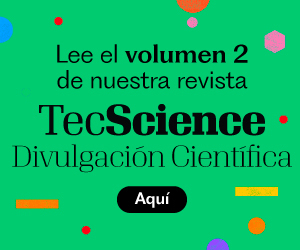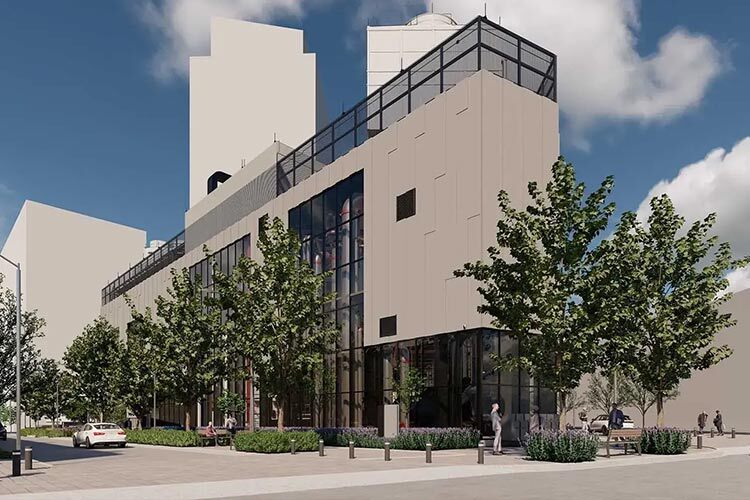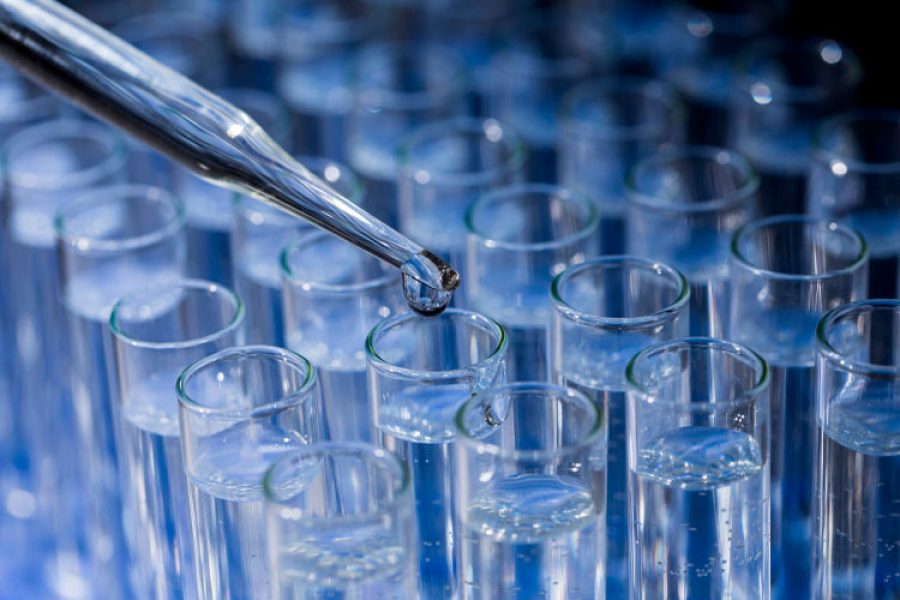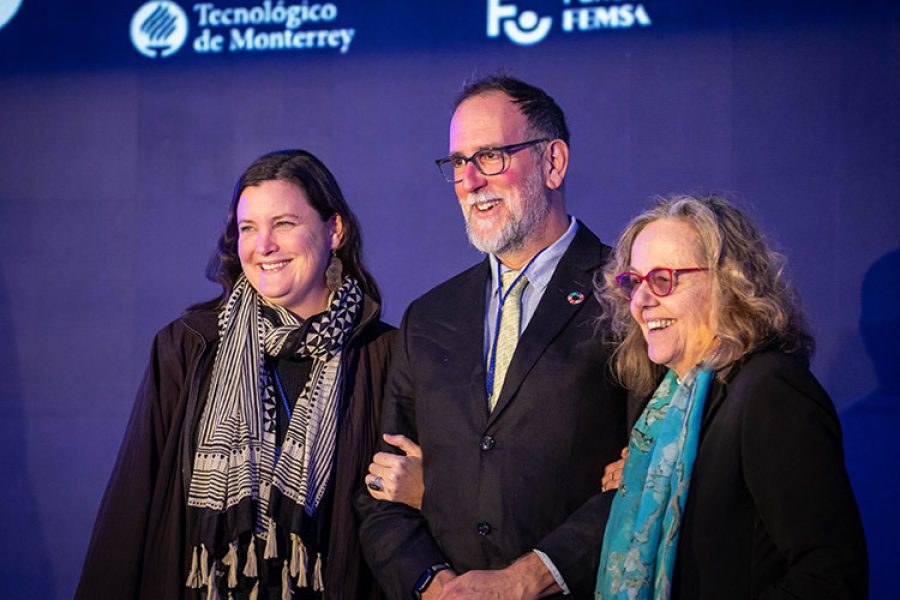Climate change and the environmental crisis are no longer future threats—they’re present-day realities demanding immediate action from both individuals and organizations to reduce their ecological footprint. In 2019, Tecnológico de Monterrey joined the international Race to Zero campaign, pledging to become a net-zero emissions institution by 2040.
With this commitment in mind, the university launched Ruta Azul, Tec’s sustainability roadmap to address climate change through 2025. One of its flagship initiatives is Núcleo, a new district energy center that provides services to the Monterrey campus, according to Inés Sáenz, Vice President of Inclusion, Social Impact, and Sustainability.

Núcleo is a four-story building designed to centralize the generation and distribution of key services—chilled water, thermal and electric energy, irrigation systems, and fire protection—for both the Monterrey campus and distritotec. “This is not just an example of climate mitigation, but of cultivating a sustainability mindset. A facility like this signals a shift in mentality and a forward-looking approach,” Sáenz emphasizes.
In addition to its operational function, the building will serve as a living laboratory where students, faculty, and researchers can develop and apply knowledge across disciplines with a strong focus on sustainability.
The building was inaugurated on May 14 with members of the Tec community in attendance—including faculty, researchers, and teams from several areas that helped bring the project to life, such as Campus Monterrey’s Infrastructure and Physical Plant departments, along with Ruta Azul and distritotec.
Núcleo: Building Infrastructure for a Sustainable Future
Núcleo is part of both the Monterrey Campus Master Plan and Ruta Azul. Through more efficient operations, the facility aims to cut energy consumption and greenhouse gas emissions by up to 30% across more than 30 campus buildings and future facilities.
Its centralized systems will improve operational and maintenance efficiency by combining energy generation and reducing the number of machines needed for chilled and hot water delivery. It also includes strategies to minimize the use of chemical treatments.
“More than just a cutting-edge building, it’s a reflection of our collective responsibility for sustainability—as individuals, as a community, and certainly as an institution,” says Mario Adrián Flores, Vice President of Tec de Monterrey’s Monterrey Region.

(Photo: Alejandro Salazar / TecScience)
The building has a basement, two main floors, and a rooftop level. The lower level houses softened water systems, domestic and irrigation cisterns, a stormwater mitigation tank, and a salt room.
Floors one and two contain chillers, boilers, pumps, electrical and telecom systems, as well as an emergency power plant and electrical substations. On the rooftop, there are cooling towers, a laboratory, and a chemical storage area.
The project covers different zones of the campus: the academic area (which includes classrooms and student residences) and the mixed-use zone (featuring facilities like the Wellness Center). Both will receive chilled and hot water services (HVAC).
A third zone, the I2E district—home to buildings such as Expedition FEMSA, Núcleo, Residencias I, the under-construction Eduardo Garza T. Innovation and Entrepreneurship HUB, and the Sustainable Development Center (CEDES)—will also receive HVAC services, as well as electricity, potable water, irrigation, and fire protection.
The initiative includes underground infrastructure: a tunnel system that distributes energy and other services across the campus.
The facility’s cooling capacity will reach 14,200 tons, enabling cleaner, more innovative, and more efficient services—not only for the campus but also for distritotec.
A Living Laboratory
Beyond its role as a utilities plant, Núcleo will serve as a living lab for interdisciplinary research. It’s designed as an open space where Tec students, faculty, and researchers—as well as those from other institutions—can collaborate.
Equipped with an open classroom and laboratories, the building will support the study of global sustainability challenges, enabling exploration of resource management—water, energy, and HVAC systems—in efficient, environmentally friendly ways.
The facility was conceived as a hands-on learning platform, says Flores—a space that inspires the Tec community to adopt a sustainability-oriented culture and to pursue applied research to help mitigate climate change. It invites collaboration across all fields and academic programs, which are key to the university’s commitment to social responsibility.
“We aim to build a connected, innovative, and impact-aware society,” he adds. “This living lab, at the heart of distritotec, will empower our community to explore real-world solutions to global challenges, accelerate knowledge transfer, and work together to build a more sustainable and responsible future.”
The space also offers learning opportunities in design and engineering processes—for fields such as civil, mechatronic, and electronic engineering—as well as in public policy, finance, and sustainability.
The goal is for the insights generated by researchers and faculty through the building’s technology, and in partnership with the private sector and government, to inspire the replication of this model and its strategies in other parts of the city, throughout Mexico, and across Tec’s other campuses.



A Visible Commitment to Fighting Climate Change
This district energy plant aims to become the largest of its kind in Latin America—and the first in Mexico—thanks to its engineering design, structural layout (including a tunnel system that connects it to the campus), and efficient use of technological resources to deliver essential services.
The facility was designed with a modular approach and built with technical and engineering precision, so that new technologies and equipment can eventually be integrated as environmental needs and challenges evolve.
Its location on the Monterrey campus was also strategically selected to serve as a tangible symbol of the institution’s commitment to a more sustainable future.
“Having Núcleo right on Eugenio Garza Sada Avenue, one of the city’s most iconic streets, sends a clear message: our commitment to sustainability is real, visible, and part of the deep transformation needed to care for the planet,” says Juan Pablo Murra, Rector of Tecnológico de Monterrey.
As part of its pledge to reduce carbon emissions and reach carbon neutrality by 2040, Tec has also implemented waste management practices, transitioned to renewable energy sources, and joined several global initiatives and international networks, including The Logistics World, the University Climate Change Coalition (UC3), and the International Sustainable Campus Network (ISCN), among others.
Did you find this story interesting? Would you like to publish it? Contact our content editor to learn more at marianaleonm@tec.mx



